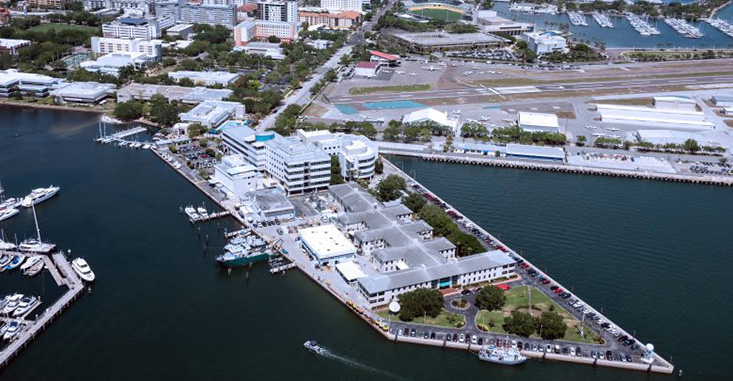
Marine Science Faculty Publications
Changing Influences between Life and Limestones in Earth History
Document Type
Book Chapter
Publication Date
2015
Keywords
biogeochemical, calcification, carbon cycle, carbonate, tectonics
Digital Object Identifier (DOI)
https://doi.org/10.1007/978-94-017-7249-5_2
Abstract
Coral reefs are among the most beautiful, diverse and fascinating ecosystems in the modern oceans. For anyone intrigued by reefs, their geologic history is a never-ending mystery series, complete with paradoxes to unravel and mass “murders” to solve given only partial texts and enigmatic clues. Limestones not only record much of the history of life on Earth, they are a major reason why life occurs on Earth! Moreover, they “go missing” at catastrophic events that, on several occasions, caused extinctions of more than half of all multicellular species. The production and preservation of reef limestones is intimately connected to the Earth's biogeochemical cycles, especially of carbon, oxygen, nitrogen and phosphorus. Continental collisions, changes in sea-floor spreading rates, massive meteor impacts, and glacial-interglacial cycles with resulting changes in sea level, are all subplots in the history of reefs. The evolution of photosynthesis that triggered the first global “pollution” event, the escalation of predation as indicated by increasing prevalence of shells, and the ubiquitous and repeated development of mutualistic symbioses, provide analogies to modern environmental challenges. The Earth's biogeochemical cycles, which have evolved over more than 4,000 million years, have been profoundly disrupted by human activities. Carbon dioxide in the atmosphere, for example, has increased more over the past 200 years than it did between glacial advances and retreats. Within this century, atmospheric CO2 concentrations will rise to levels comparable to those 40–50 million years ago. The records preserved in limestones can provide scientists and policy makers with insights into likely consequences of human activities for the future not only of reefs, but of the diversity of ecosystems on Earth.
Was this content written or created while at USF?
Yes
Citation / Publisher Attribution
Changing Influences between Life and Limestones in Earth History, in C. Birkeland (Ed.), Coral Reefs in the Anthropocene, Springer, p. 17-42
Scholar Commons Citation
Hallock, Pamela, "Changing Influences between Life and Limestones in Earth History" (2015). Marine Science Faculty Publications. 911.
https://digitalcommons.usf.edu/msc_facpub/911

